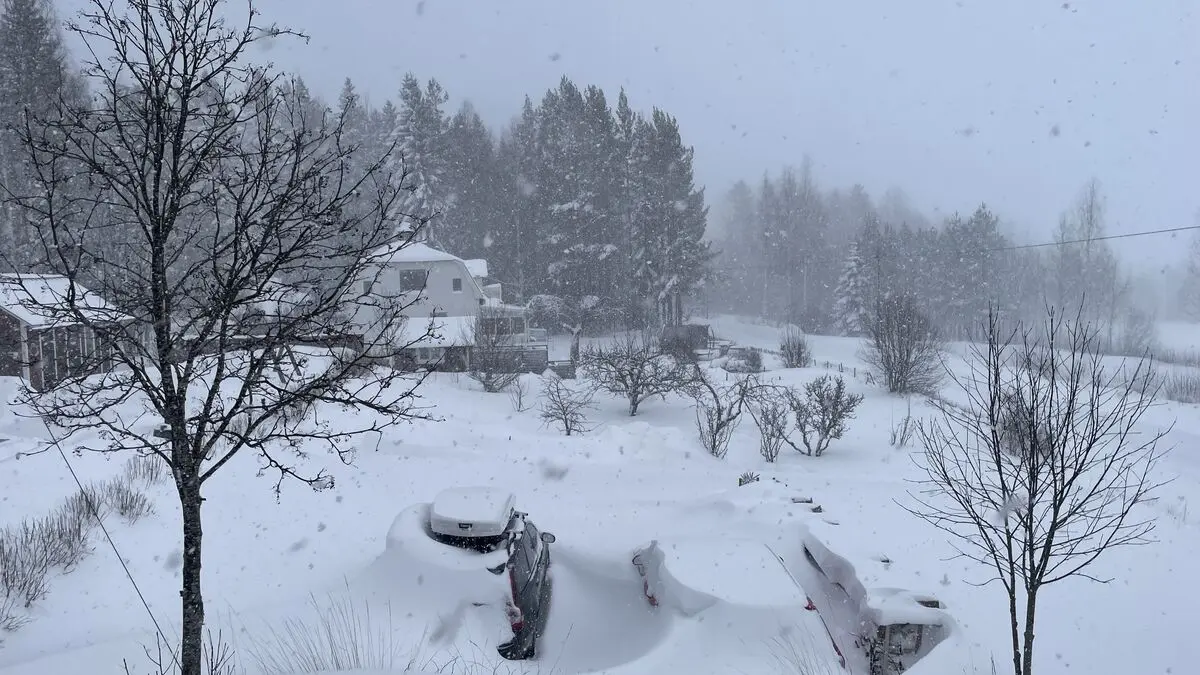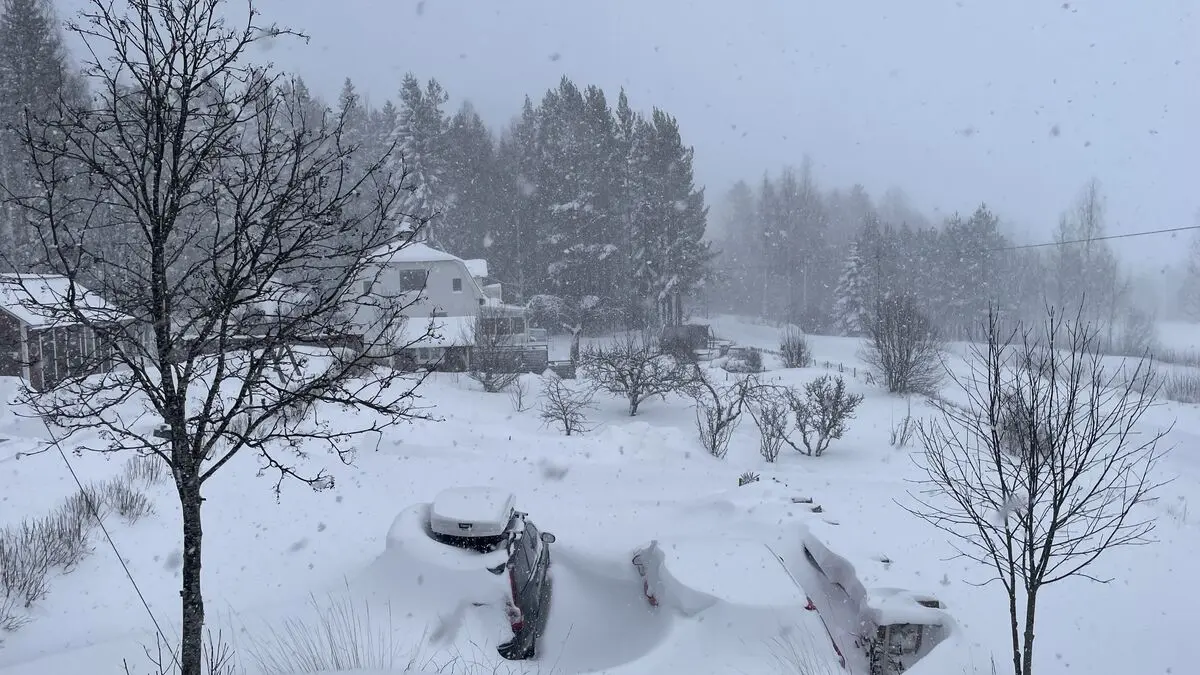Vattenfall's plans to expand nuclear power at Ringhals have come one step closer to becoming a reality.
On Thursday, Vattenfall announced that the state-owned company has chosen to proceed with two suppliers: American GE Vernova and British Rolls Royce. Both include small modular reactors (so-called SMR) rather than conventional reactors.
At its core, it's the same nuclear technology that we have, and it's essential to remember that, says Markus Wråke.
How to reduce costs
However, SMR reactors are smaller, and the manufacturing takes place in a standardized and modular manner in the suppliers' factories. Then, the parts are assembled on site.
The vision is that it should be possible to make some kind of mass production in nuclear power plant factories and thus reduce costs, says Markus Wråke.
He also points to the advantages of small modular reactors, which can potentially be built faster and more gradually as electricity usage grows.
At the same time, there are question marks since the technology is untested for commercial use in the Western world.
These two reactor types that have now been chosen from Rolls Royce and GE Vernova have not been built anywhere, says Wråke.
They have started building in Canada, but it's not finished.
"Not good for taxpayers"
How the economic calculation looked, neither Vattenfall nor the government wanted to answer during Thursday's press conference.
According to Pär Holmberg, a doctor of technology in electrical power engineering and senior researcher at the Institute for Business Research, it involves large sums.
If you start from the project in Canada, I would guess that it's about 200 billion kronor, he says.
Holmberg states that he believes in SMR technology in the long term, but the risks of investing in SMR now are significant.
Since no one has built the designs that Vattenfall is interested in, the uncertainty is great. It's not good for Swedish taxpayers or others who are involved and sponsoring, says Pär Holmberg.
SMR stands for Small Modular Reactors, or small, modular reactors.
SMR reactors use the same nuclear fission technology as reactors in traditional nuclear power plants but are significantly smaller and produce a maximum of 300 electrical megawatts (MW).
The smaller size makes it easier to handle safety, and the reactors are less expensive to build.
The development of SMR is driven primarily in North America, but currently, there are only two active SMR reactors, and they are located in China and Russia.
In the US, tech giants Google and Amazon have announced their own investments in SMR reactors to power their energy-intensive operations.
The challenges that exist for the technology include financing, licensing, and that some SMR concepts plan to use higher-enriched uranium, which is not produced on the same scale as the uranium used in today's nuclear power plants.
Sources: Vattenfall, Reuters.





